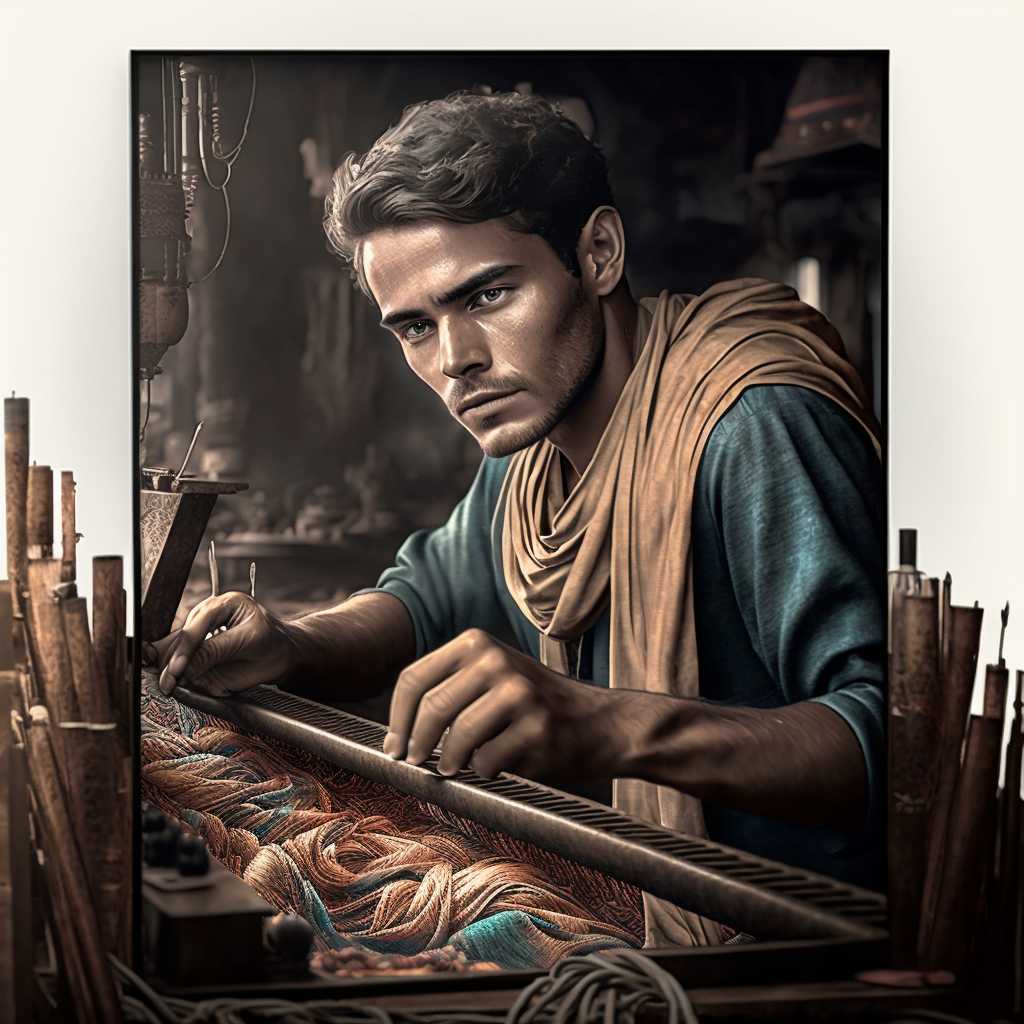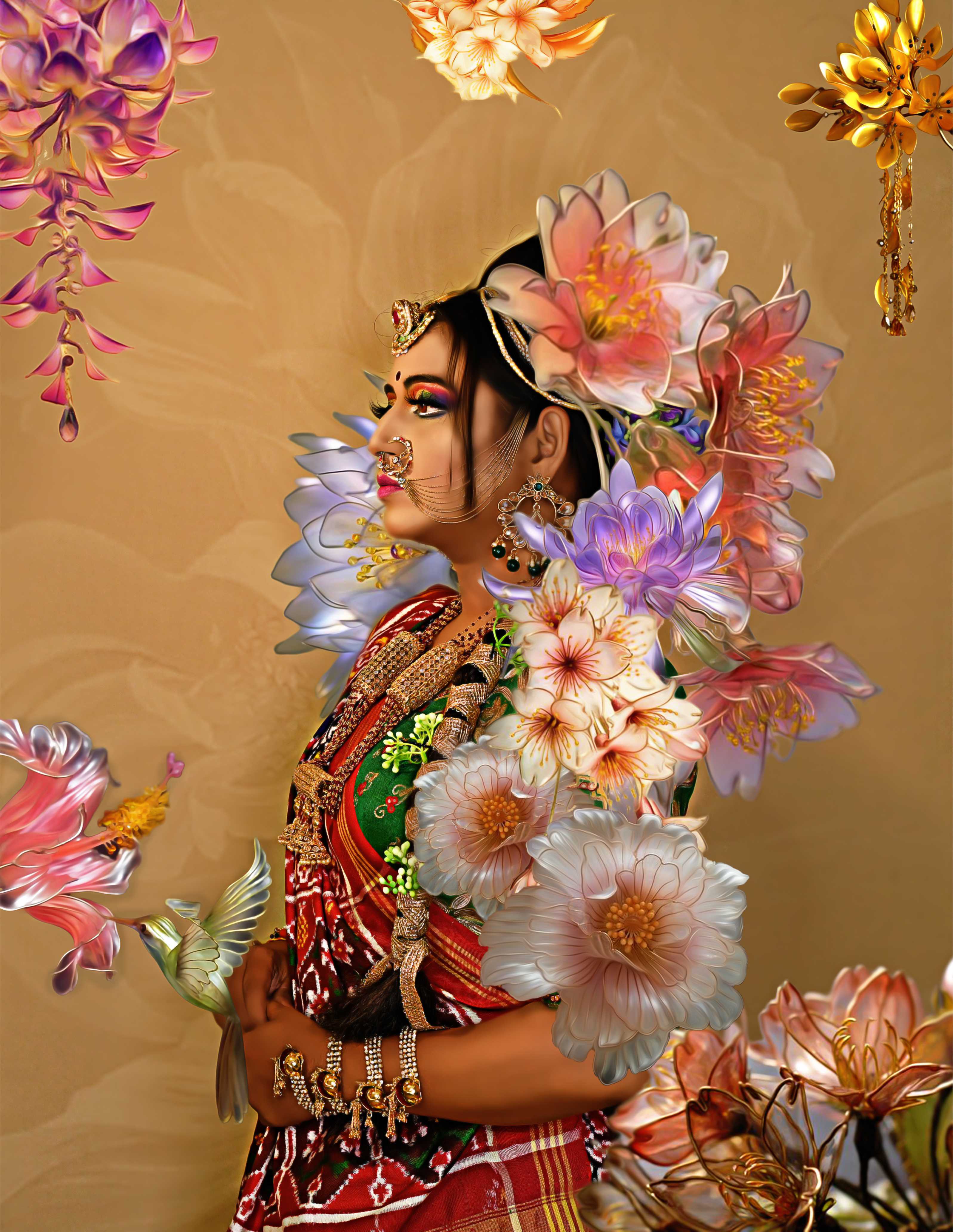What are you looking for?
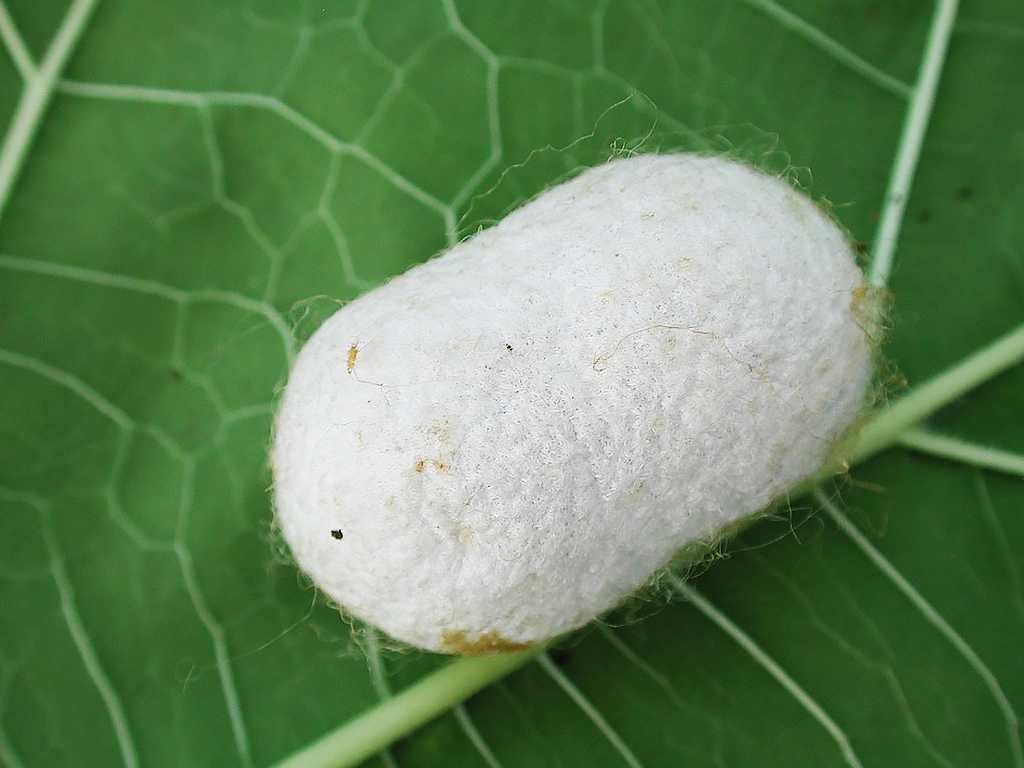
SPECIAL ATTRIBUTES
There are Rajkot patolas dyes on both the warp and weft threads. Due to this, weaving requires increased concentration and accuracy. A single error can completely wreck a design. Rajkot Patola sarees are reversible and identical on both sides because to the distinctive method. Frequently, not even the weaver can distinguish between them. They are also well-liked for their eye-catching colours and geometric patterns.
STEPS
The initial step consists of tying the yarn with cotton thread in the chosen pattern. A skilled master artist ties the yarn since it is a difficult and time-consuming technique. Measurements as minute as 1/100th of an inch call for close examination. Following a predetermined order of colors, the yarn goes through numerous cycles of tying and dyeing. Even a single yarn can be moved, upsetting the design and rendering the entire set of yarns unnecessary. Every color has a unique place in the saree and the design has to be carefully aligned while weaving. Extreme precision and patience are needed for work this complex. The Rajkot Patola loom's lean to one side and requirement for two persons to sit and work together on just one saree is one of its distinctive features. It can take six months to a year or even more, depending on the length as well as the intricacy of the pattern to make one of these Rajkot Patola sarees.
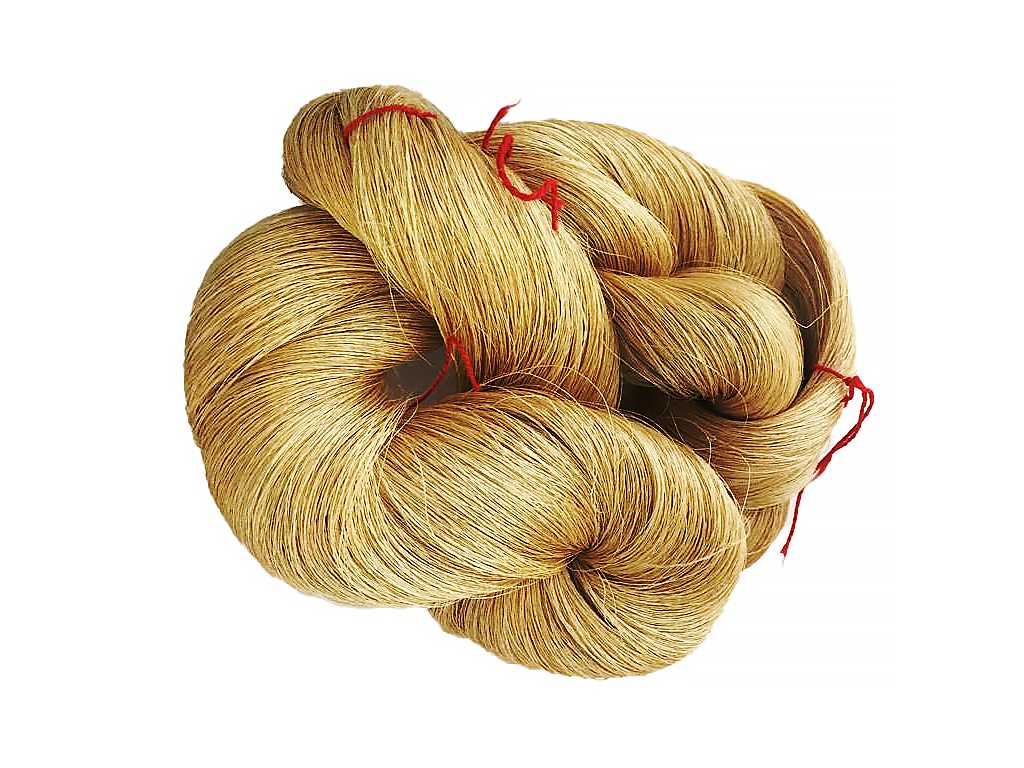
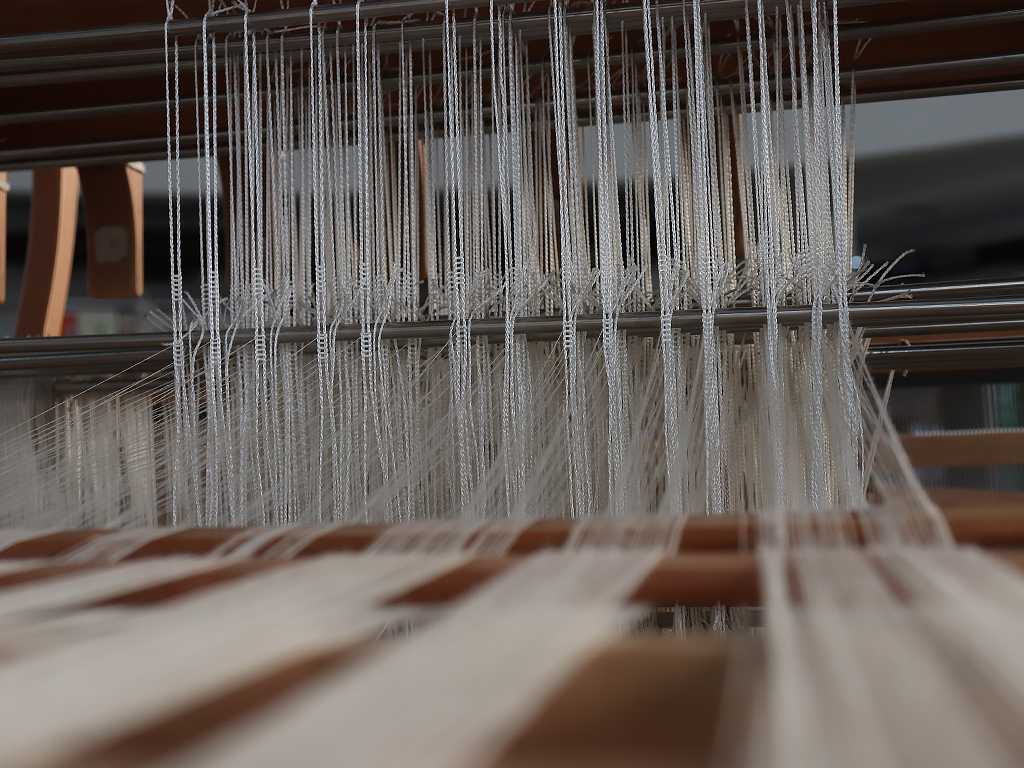
WEAVING PROCESS
A Rajkot patola saree is a traditional Indian garment that is handwoven on a loom. The saree is typically made of silk, and is often brightly colored and intricately patterned. Rajkot Patola sarees are considered to be among the finest and most expensive sarees in India, and are typically only worn on special occasions. Available in different colors, designs and patterns, our sarees can be customized as per the specific requirements of clients. We offer a wide range of sarees that are made from the finest quality fabrics and are available in a variety of designs, colors and patterns. Our sarees are known for their unique designs, beautiful colors and intricate workmanship.
Motifs
All communities contributed to the Rajkot Patola silk business, whether they were Jains, Hindus, or Muslims. The Jains prefer abstract designs and geometric patterns, while Ismaeli Shi'ite Muslims prefer the Vohra Gaji Bhaat, while Gujarati Hindu women prefer elephants, flowers, girls, parrots, and paan designs.
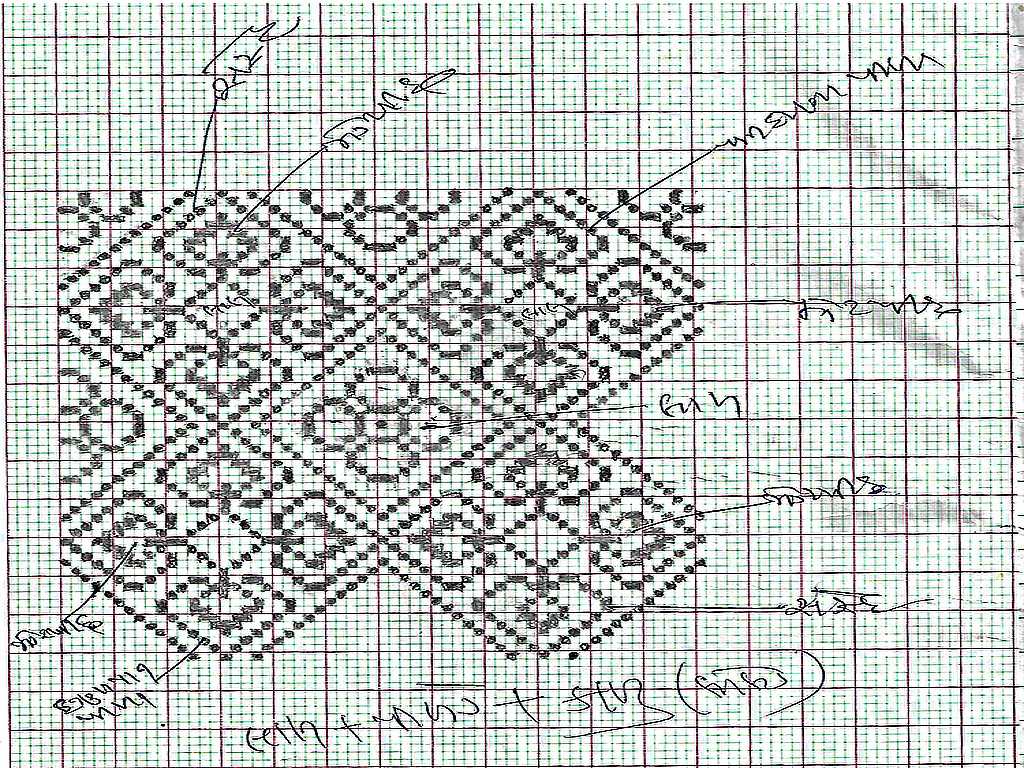
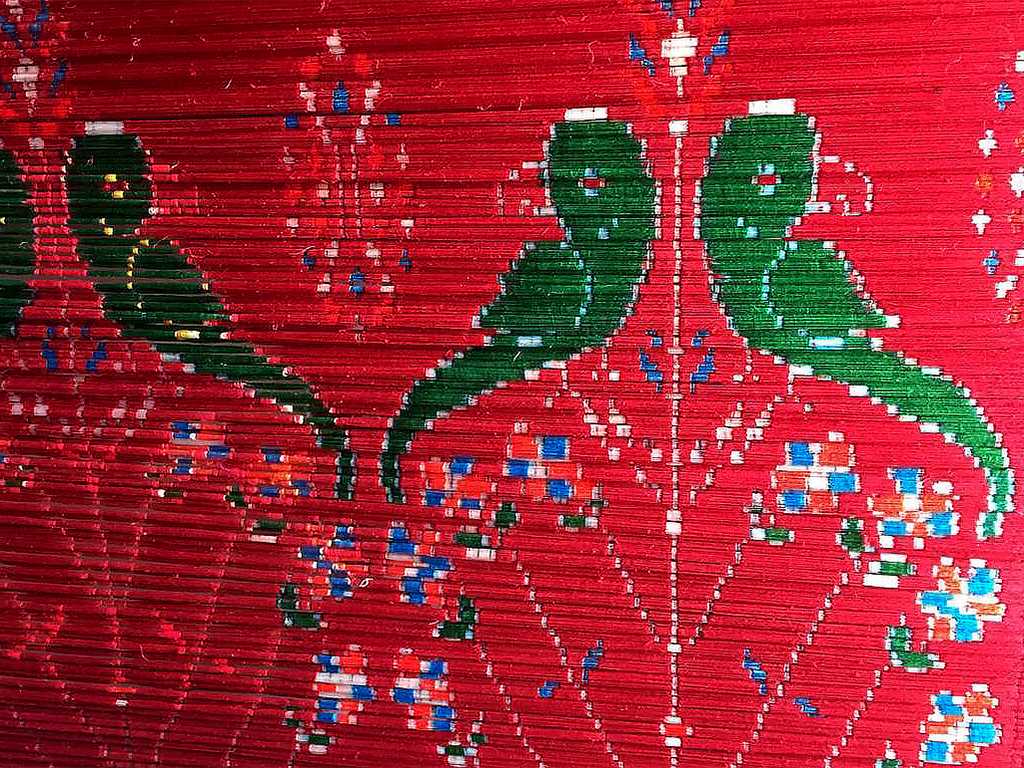
Today's state of the art
Rajkot patola sarees are originated to Rajkot city of Gujarat state. Rajkot patola saree takes a lot of time and effort because there aren't many people working on it. The craft's survival is extremely challenging even though artists are fully booked for the upcoming years due to issues with investment, time, and lack of enthusiasm among the younger generation.
Identifying an authentic Patola saree
The color of genuine Patolas remains vibrant even after extensive use, making them the ideal material for heirlooms. Silk is the only material used in patola sarees
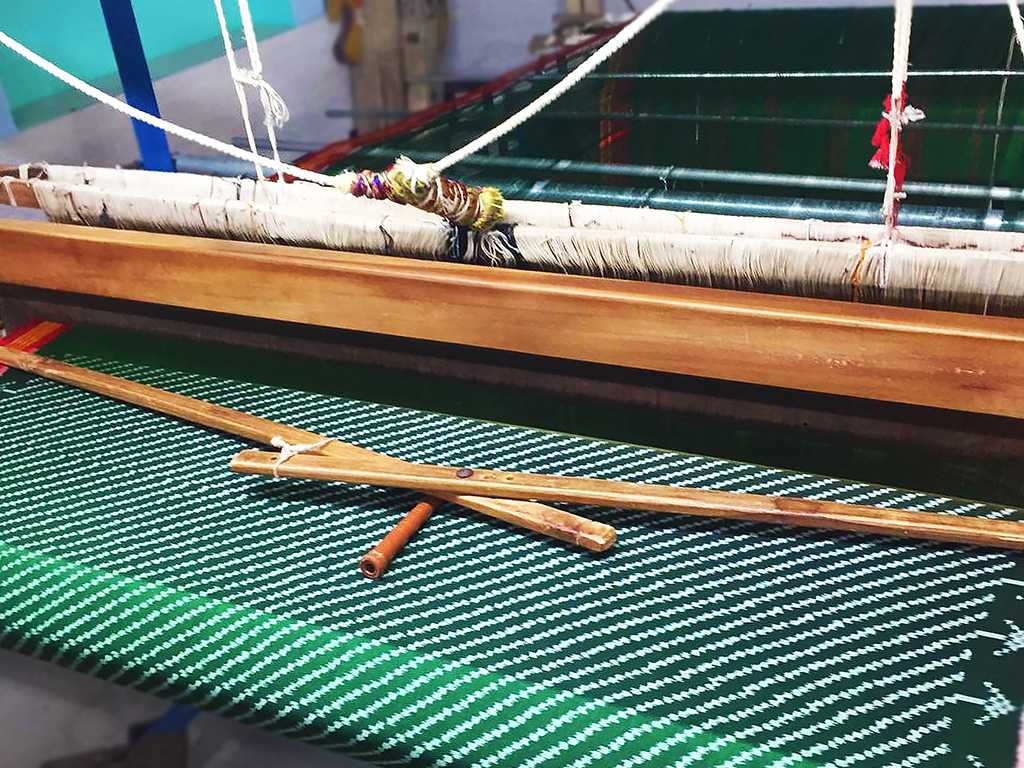
Affiliate Terms & Condition
User Login
For Existing Customers
Let's Set Up Your Account
For New Customers
